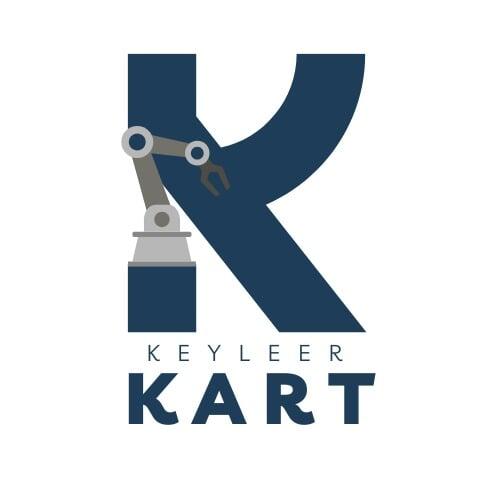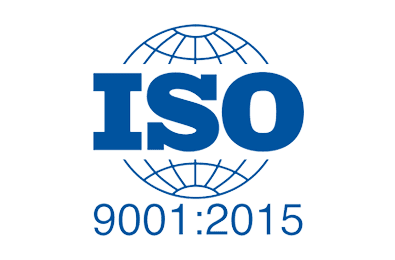In the world of precision coatings, achieving uniformity and repeatability is crucial. The TQC AB3000 Automatic Film Applicator is an industry-leading solution that takes the guesswork out of film application, ensuring consistent results across diverse substrates and materials. Designed with advanced technology and user-centric features, the AB3000 has become indispensable for laboratories, R&D facilities, and quality control environments.
Clean the substrate: Ensure the test panel or material is free from dust, grease, or contaminants.
Position the substrate: Secure the panel on the AB3000’s vacuum or adhesive plate to prevent movement during application.
Select the applicator tool: Depending on the desired coating thickness, choose the appropriate wire bar, applicator blade, or tool.
Adjust speed and stroke length: Use the digital interface to set the desired speed and stroke parameters based on material properties and application requirements.
Place a uniform amount of the coating material (paint, varnish, etc.) on one edge of the substrate.
Align the applicator tool to evenly distribute the material across the panel during the stroke.
Start the machine using the control panel.
The applicator tool moves across the substrate, ensuring a smooth, uniform coating layer.
Once the process is complete, the substrate is ready for further analysis or curing.
Carefully remove the coated panel from the platform.
Clean the applicator tools and machine surface to prepare for the next application.
Let’s dive into the features, process, and benefits that make the TQC AB3000 a game-changer in film application.
What is the TQC AB3000 Automatic Film Applicator?
The TQC AB3000 is an advanced automatic film applicator designed to create precise and consistent coatings of paint, varnish, or other materials on test panels or substrates. This automated system eliminates variability caused by manual application, ensuring reliable results that meet stringent quality standards.
Key Features of the TQC AB3000
∙ Digital Control Panel: Allows users to set and control parameters like speed, pressure, and stroke length with precision.
∙ Adjustable Applicator Speed: Offers a wide speed range (from slow to fast), enabling users to fine-tune the application process for different materials.
∙ Customizable Stroke Length: Supports short and long strokes, accommodating various panel sizes and test requirements.
∙ Versatile Substrate Compatibility: Works with a range of substrates, including glass, metal, plastic, and paper.
∙ High Precision Applicator Heads: Compatible with wire bars, film applicators, and other specialized tools for specific coating thicknesses.
∙ Robust Construction: Built for durability, featuring a stable platform that minimizes vibrations and external interference.
The Automatic Film Application Process
Step 1: Preparing the Substrate
Step 2: Setting Parameters
Step 3: Loading the Coating Material
Step 4: Initiating the Process
Step 5: Post-Processing
Applications of the TQC AB3000
The versatility of the AB3000 makes it ideal for multiple applications, including:
∙ Paint and Coating Testing: Evaluating the performance of paints, lacquers, and varnishes in controlled environments.
∙ Adhesive Testing: Creating uniform adhesive layers for bond strength assessments.
∙ Material Research: Studying new materials in R&D settings to optimize formulations.
∙ Printing and Packaging: Testing inks and coatings on different substrates.
∙ Quality Control: Ensuring consistency and standardization in production environments.
Conclusion
The TQC AB3000 Automatic Film Applicator is more than just a piece of equipment; it’s a powerful ally in achieving precision and reliability in film application processes. By automating and standardizing the process, the AB3000 saves time, reduces errors, and ensures consistent quality, making it an essential investment for industries focused on coatings and material sciences.




